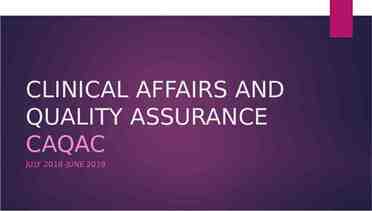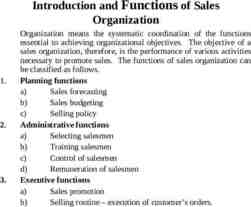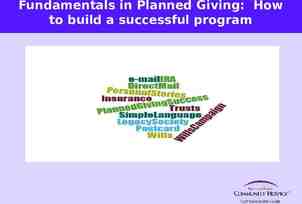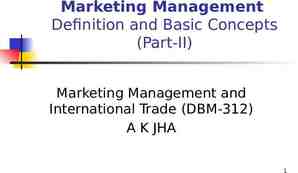Health and Safety Executive Expectations of the Enforcing
16 Slides90.50 KB

Health and Safety Executive Expectations of the Enforcing Authority Katie Dunlop MSc BSc (Hons) HM Inspector of Health and Safety

HSE: Strategy New HSE strategy Workplace fatalities fell last year to 180 Several thousand still dying prematurely from work-related diseases Increasing culture of risk aversion “To prevent death, injury and ill health to those at work and those affected by work activities” 23 fatalities in Scotland Over 100,000 employees still suffer serious injuries every year

Leadership Fundamental in the governance of health and safety culture Leaders in organisations Leaders in your own specialist area Take ownership of issues Win management attention

Money talks! Health and Safety can be seen as an expense that can be done without Can be seen as bureaucracy and burden Improvements in costs, productivity and reputation Can increase moral and productivity and reduce absences and staff turnover Reality health and safety makes good business sense

Leadership Not just from the top down Health and safety has high profile at Edinburgh University Can be a challenge to enable everyone to play own part Bottom up can be more effective Everyone must understand own responsibilities

Competence Health and Safety training Best results are where health and safety integrated within all aspects of your role not simply as something that has to be done Relevant to task each person is performing Not expecting you all to be health and safety experts First line of defence Role to build competence throughout the University as a whole Clear on responsibilities to take care of own health and safety

Accountability Everyone has a role Everyone responsible Everyone accountable Responsibility to manage risks lies with those that create it

Proportionality Focusing on the risks that matter Not about paperwork, about proper work Many health and safety myths:

HSE ban throwing mortar boards at Graduation Ceremonies!

Lord Young Report www.hse.gov.uk/aboutus/lordyoung/index.htm Refocus on managing workplace risks Welcomed by HSE Important milestone for reputation of real health and safety Often used as a convenient excuse to hide behind

Proportionality What does this mean in University sector Identify real and serious risks Two major causes of ill health and injury in education sector are work-related stress and slips and trips

Stress Work-related stress costs society 4 billion and over 13 million working days each year Management Standards introduced in 2004 Provide framework for managing stress 6 key areas: change, relationships, support, roles, control and demands

Slips and Trips Slips and trips account for 60% of serious injuries at estimated cost of 49 million a year Shattered lives campaign Online e-Learning Package - STEP Includes specific course for those working in education sector

Proportionality Understanding of risk is core life skill Applies to all departments Lot of work now underway to bring health and safety into mainstream education curriculum Need to embed this basic understanding in the curriculum Young people more risk naïve than 20 years ago

Conclusion Three relevant pillars of HSE strategy: – Leadership – Accountability – Proportionality Including the themes of: – Competence – Training – Learning

Conclusion It’s not rocket science! Thank you Strategies only work if they make sense and result in real action on the ground Any questions






